Is it possible to make sockets in the bathroom?
In typical houses renovated by the developer, outlets in the bathroom are usually not provided - does this mean that they are completely prohibited here?
It used to be that the sockets in the bathroom were really considered unsafe, so in the old housing stock the power supplies are located outside, near the entrance to the bathroom. Today, both the electrical appliances themselves and the approach to construction have changed: modern bathrooms are more spacious, which means it is safer to use electricity in them.
Installing sockets in "wet" rooms can be! But since water is a bad ally of electric current, this should be done according to all the rules: purchase special cables and sockets for the bathroom, choose a place for them according to all the rules.
We will talk in more detail about how to competently solve the issue with wiring in the bathroom in the following sections.

Why do we need sockets?
Installing sockets in the bathroom greatly simplifies the daily routine: a washing or drying machine, water heater, electric shaver, toothbrush, hairdryer and other electrical appliances are plugged into the bathroom outlet.
In this case, the socket for the bathroom, intended for the washing machine or water heater, is mounted by means of power lines. If the house is old, it is better to lay the cable with a separate RCD (switch for the outlet itself).
Shaver, curling iron and other devices with less wiring requirements, can be connected with standard two-wire wires - although it is better to use grounded cables.
How many outlets do you need?
Since experts recommend hidden installation of electrical wiring for outlets in the bathroom, before starting work or calling an electrician, you should determine the exact number of points needed.
In order not to be mistaken in the calculations, take a pen and paper, write down all the devices that you are going to use in the bathroom.
Sample list:
- washing machine;
- forced ventilation grill;
- water heater;
- electric heated towel rail;
- electric shaver;
- an electric toothbrush;
- hairdryer;
- curling iron.
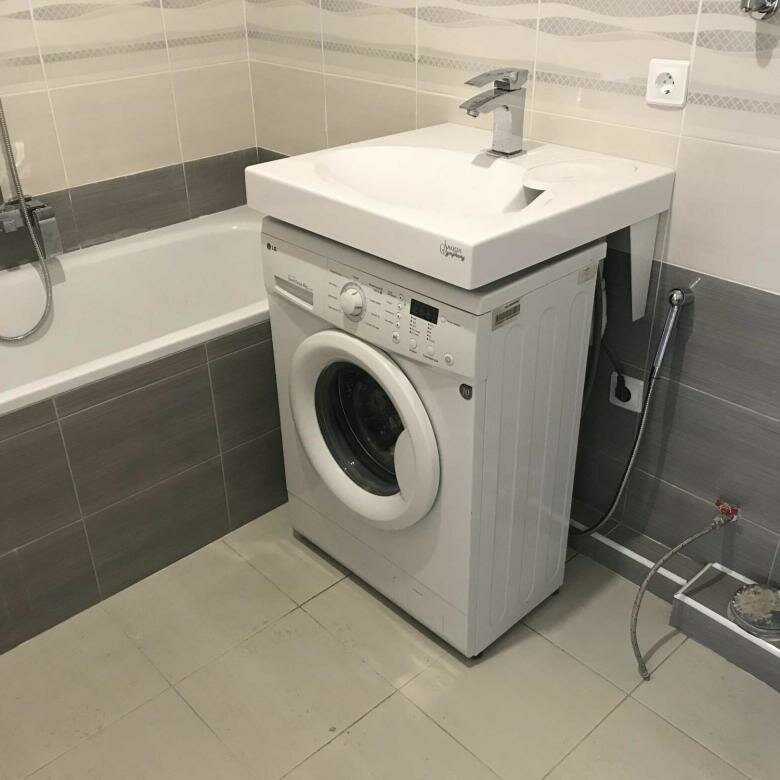
The next step in this list, you need to highlight devices that are included in the network most of the time or constantly. They definitely need separate points.
It remains to think about additional outputs - for example, above a worktop. From here it will be possible to power a hairdryer or a charger for an electric brush. Basically, two nests on top, not far from mirrors and one for the washing machine.
Where is the best location?
The location of the outlets in the bathroom is a fundamental issue that should definitely be studied before planning a room. The choice of the correct location for the hole is made based on the distance from the high-risk area and the distance from the floor.
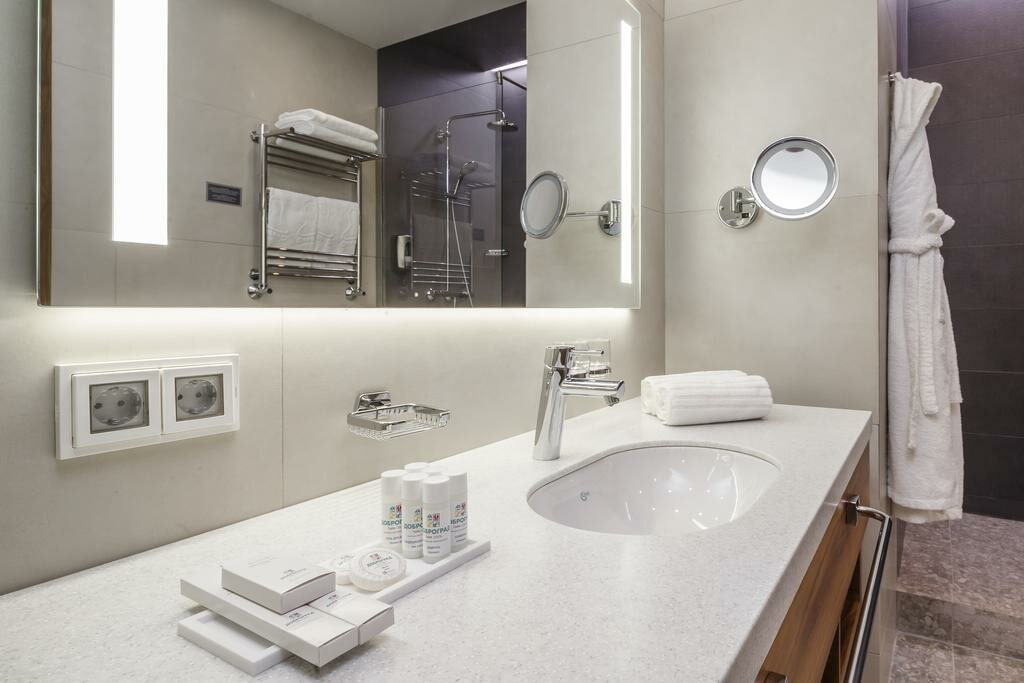
In the photo there is a model with curtains above the tabletop
Which areas are suitable for installation?
According to GOST R 50571-7-701-2013, described in the PUE (electrical installation rules), any bathroom is divided into 4 zones:
- Zone 0... Or the red zone - this includes the inside of the bath, sink, shower cabin... GOST prohibits the placement of any type of outlets for safety reasons - the voltage in the zero location is life-threatening.
- Zone 1... Located under sink or on top of the bath. It is also impossible to mount 220V outputs according to the standards here, but it is allowed to connect a boiler with a class of at least IPX5 through an automatic machine.
- Zone 2... 0.6 m around the washbasin, baths, shower room. The installation of sockets is still prohibited, but the installation of appliances plugged into the outlet located in the next zone is allowed. These can be boilers, mirrors, lamps.
- Zone 3... Remaining bathroom space. It is recommended to install the main sockets in the bathroom here. A mandatory requirement is the degree of protection against moisture at least IP44, better than IP54 and above.
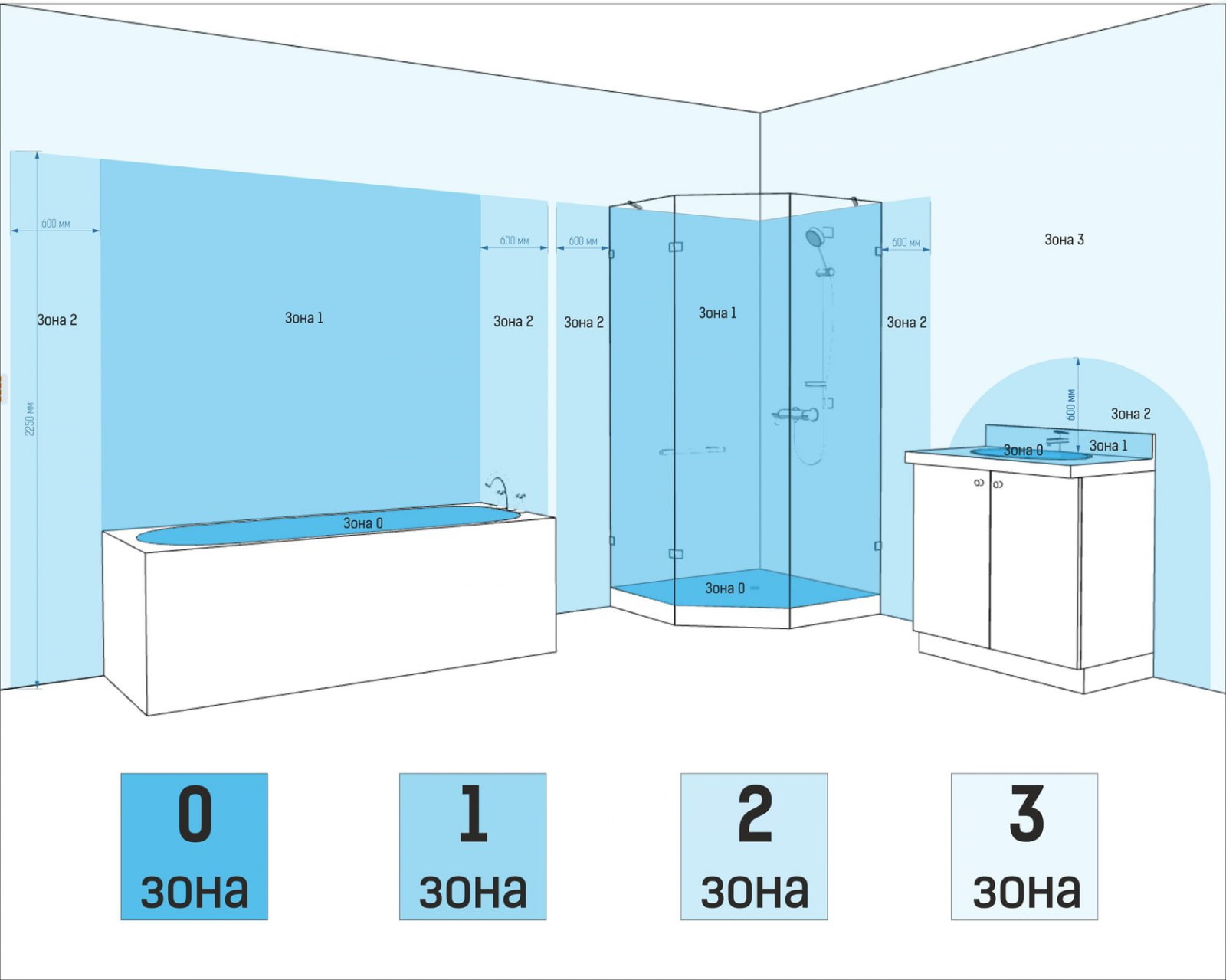
Important! The division into zones is relevant up to the height of the partitions of 225 cm. Everything that is higher is beyond the requirements and has practically no restrictions in the installation of electrical systems.
This exception makes it possible to place a water heater or a clipper even in small bathroomby connecting them at a height of 15-20 cm from the ceiling.
In the case when the room is too small and there is no Zone 3 in it, it is better to refuse the sockets and take them out on the wall near the door outside the room.
What is the right distance?
The height of the sockets from the bathroom floor is determined individually and depends mostly on the layout in the room. For example, if you need a rosette above the table top 80 cm, feel free to make it at a level of 90 cm. When doing so, make sure that no splash from the washbasin gets inside.: This can be easily achieved by moving the point 60 cm from its edge to the left or right.
The statement “the higher, the safer” is not entirely true. The outlet in the bathroom can be raised by 2 meters, but it will be extremely inconvenient to use it. If you are afraid of a short circuit in case of flooding, it is enough to place the entrance on the wall 60 cm from the flooring - water will definitely not reach here.
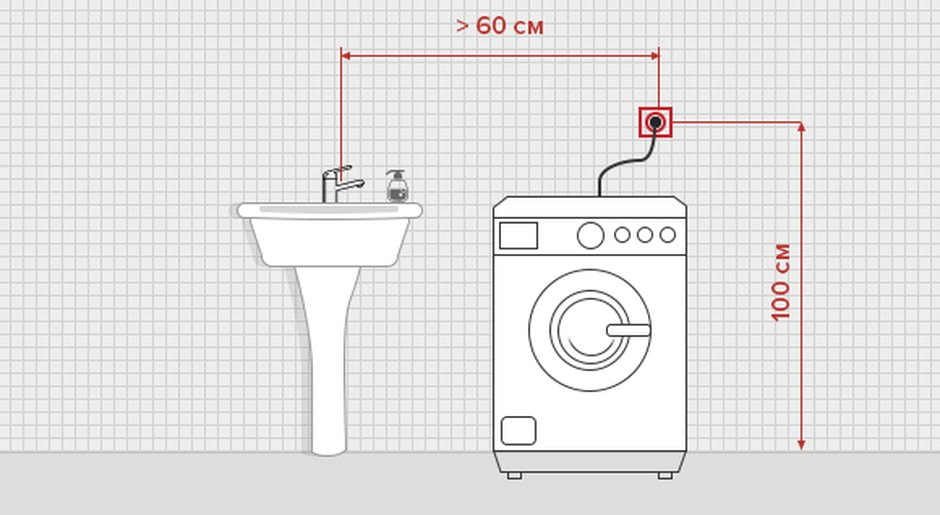
What sockets can I install?
We have already mentioned the protective standards for the bathroom - IP not less than 44. How else are the sockets for the bathroom different?
- Curtain... The housing cover guarantees splash protection when nothing is plugged into the bathroom outlet.
- Closed contacts... Special inserts made of rubber or plastic provide insulation from water.
- Sealant... The silicone loop contributes to additional waterproofing when using household electrical appliances.
The only caveat - models with a shutter are 100% protected only when nothing is connected to the network. That is, the outlet in the bathroom is empty, its curtain is closed. If some household appliances must be connected to the network all the time and there is a possibility of splashing, use waterproof IP66 modifications. For example, Legrand Plexo is equipped with a “Lock 66” system, which allows you to maintain protection from moisture when the plug is stuck.
The level of protection is determined precisely by the last digit in the designation: mark 4 indicates complete protection against any splashes, and devices marked 7 can be immersed under water to a depth of 1 meter.
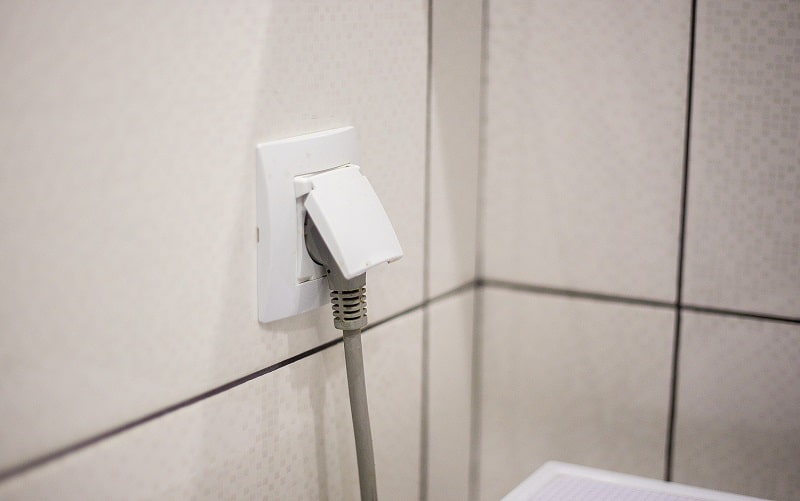
What rules must be followed during installation?
In conclusion, we will once again summarize what has been said and outline the basic rules that must be observed when refusing the services of masters:
- Minimum moisture resistance class - IP44. 4 at the end means there is protection against water droplets.
- The wiring must be hidden - external gasket is prohibited by PUE. Also, do not hide cables in metal ducts. If it turns out to be laid only in an open way, choose insulated cables and hide them in a corrugated pipe. The optimal cross-section of the wire cores is 2.5 mm.
- So that the socket in the bathroom is suitable for both a hair dryer and a washing machine - laying of a three-core cable with grounding is required.
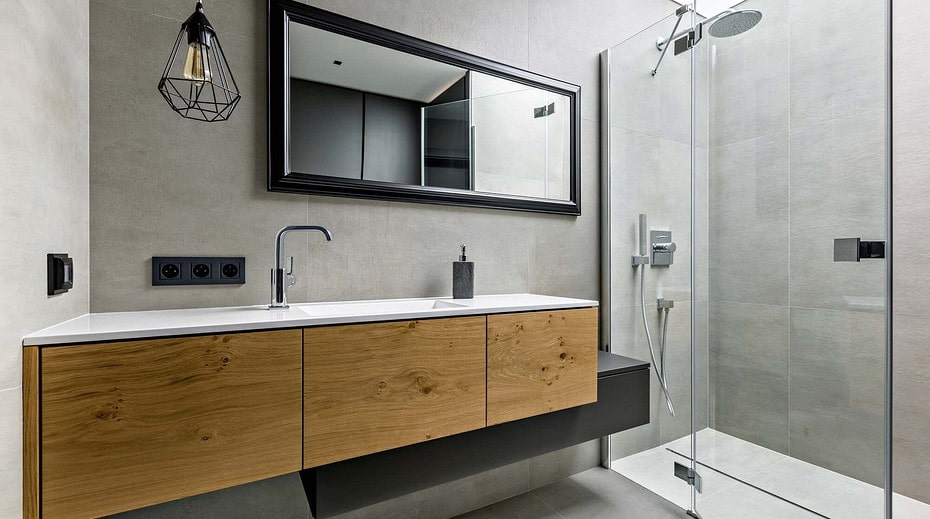
In the photo, the location of the electric points is incorrect
-
To protect yourself and your loved ones from electric shocks, connect serious technical devices (boiler, washing machine) through an RCD. For the greatest safety in bathrooms, it is recommended to install isolation transformers - they prevent electric shocks even in contact with a conductor. But in ordinary apartments they are rarely used.Read also
- The layout of the power outlets should be based on zoning so that during the repair process, the sockets are not near the water source. Think over the layout and placement of all elements in advance.
Laying an electric highway is a complex and responsible process on which the life of you and your loved ones depends. If you doubt your knowledge and strength, entrust the work to trusted specialists. Professionals will make the wiring according to the rules of the PUE and the sockets can be used without fear.

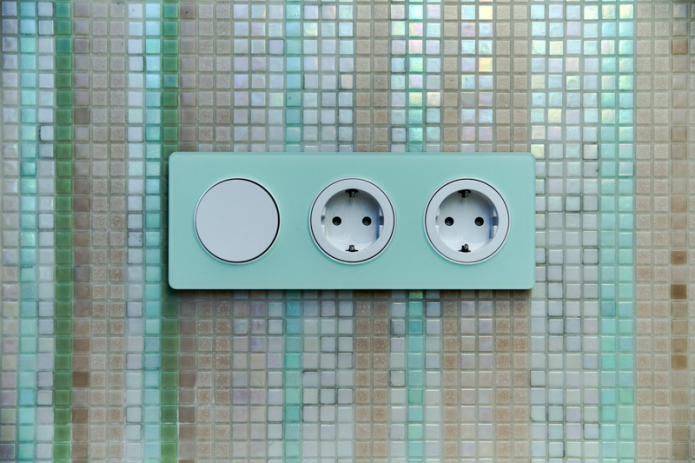
 10 practical tips for arranging a small kitchen in the country
10 practical tips for arranging a small kitchen in the country
 12 simple ideas for a small garden that will make it visually spacious
12 simple ideas for a small garden that will make it visually spacious
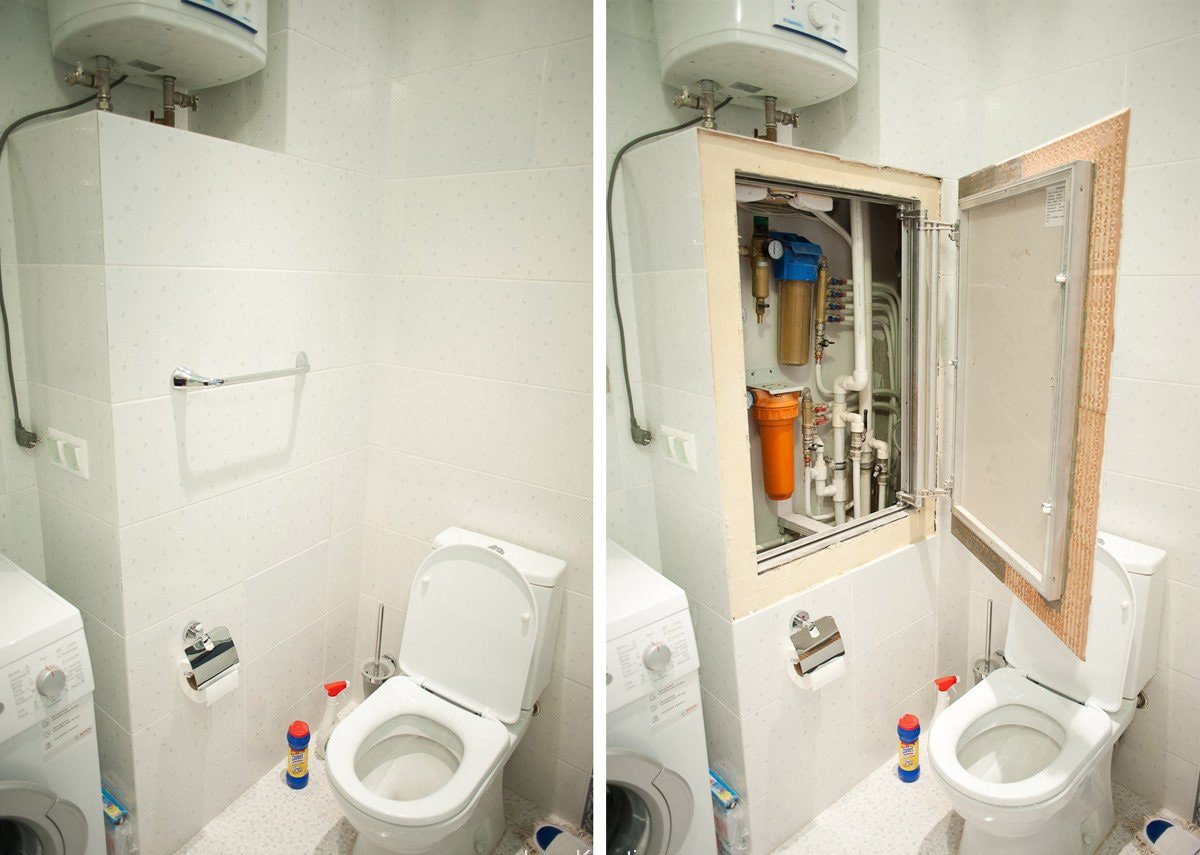
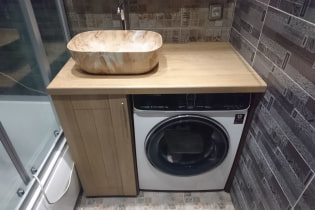 How to position the washing machine in a small bathroom?
How to position the washing machine in a small bathroom?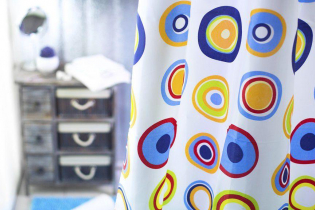 How to remove plaque from the bathroom curtain?
How to remove plaque from the bathroom curtain?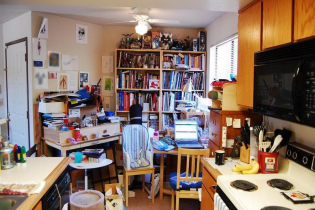 7 common mistakes in small apartment renovation that eat up all the space
7 common mistakes in small apartment renovation that eat up all the space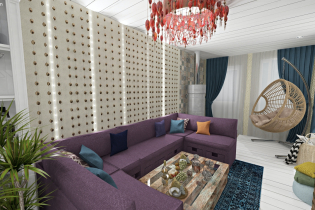 Apartment layout: how not to be mistaken?
Apartment layout: how not to be mistaken?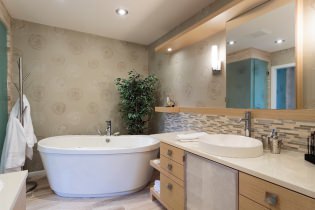 Wallpaper for the bathroom: pros and cons, types, design, 70 photos in the interior
Wallpaper for the bathroom: pros and cons, types, design, 70 photos in the interior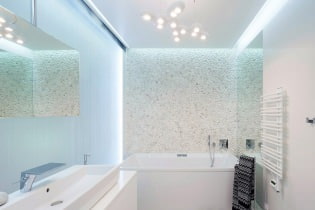 Modern bathroom interior: 60 best photos and design ideas
Modern bathroom interior: 60 best photos and design ideas